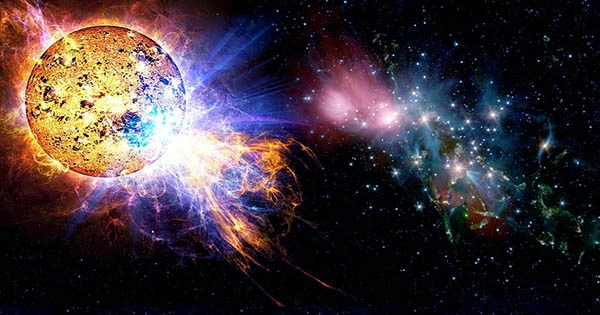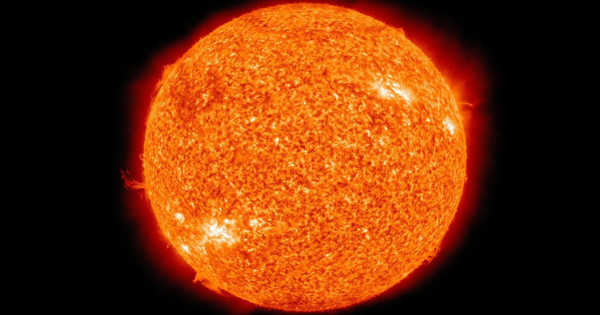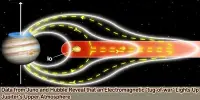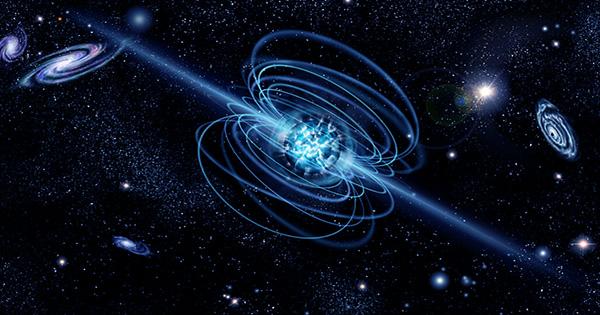NGC 592 is an H II region type emission nebula in the Triangulum galaxy (M33), which is in the Triangulum constellation. NGC 592 refers to a celestial object cataloged in the New General Catalogue (NGC), a collection of astronomical objects that includes galaxies, star clusters, and nebulae. The nebula features an open cluster of stars and is around 2.86 million light-years away from Earth.
Observation history
German astronomer Heinrich Louis d’Arrest found NGC 592 on October 2, 1861. NGC 592 was described by John Louis Emil Dreyer, the compiler of the first New General Catalogue of Nebulae and Clusters of Stars, as “faint” and “pretty large.” Open clusters are groups of stars that formed from the same chemical cloud and are loosely connected by gravity. NGC 592 is located approximately 3,600 light years away from Earth.
In contrast, H II regions are ionized regions of interstellar gas, largely made of hydrogen, that radiate light of various colors. The intense UV light emitted by surrounding hot, massive stars frequently causes this ionization. H II regions are connected with star formation and are commonly observed in spiral arms of galaxies.
Physical characteristics
NGC 592 is approximately ten times less luminous than NGC 604, a nearby emission nebula and one of the biggest H II areas in the Local Group of galaxies. It is located on the outer section of one of M33’s spiral arms, near the galactic centre. The center portion of NGC 592 is estimated to be 4.9 ± 0.5 million years old, with a star mass of 16500 ± 5200 M☉. Several massive stars have been discovered in NGC 592, including at least four Wolf-Rayet type stars. The nebula is expected to have 8 ± 4 O- and B-type stars.
















